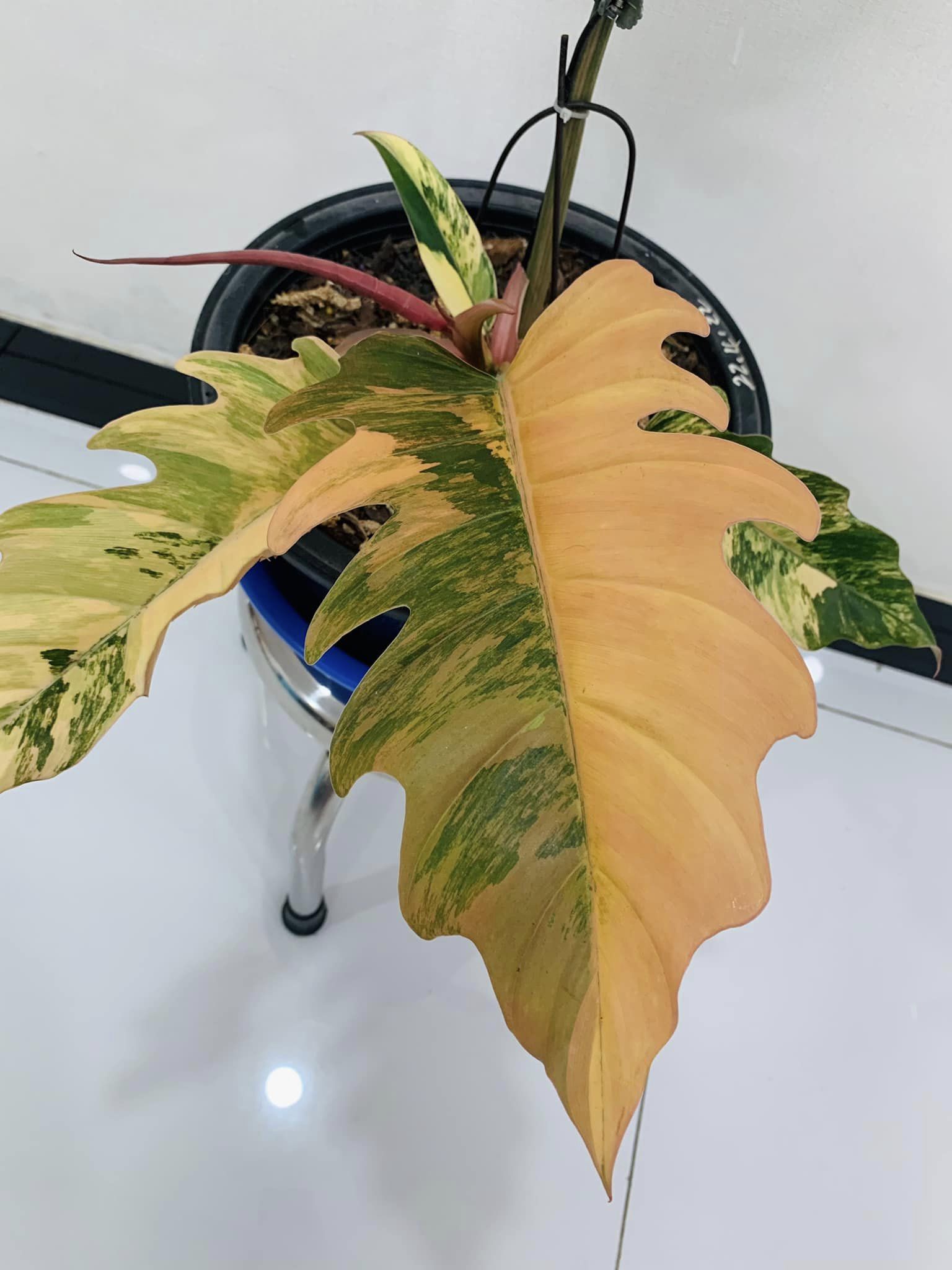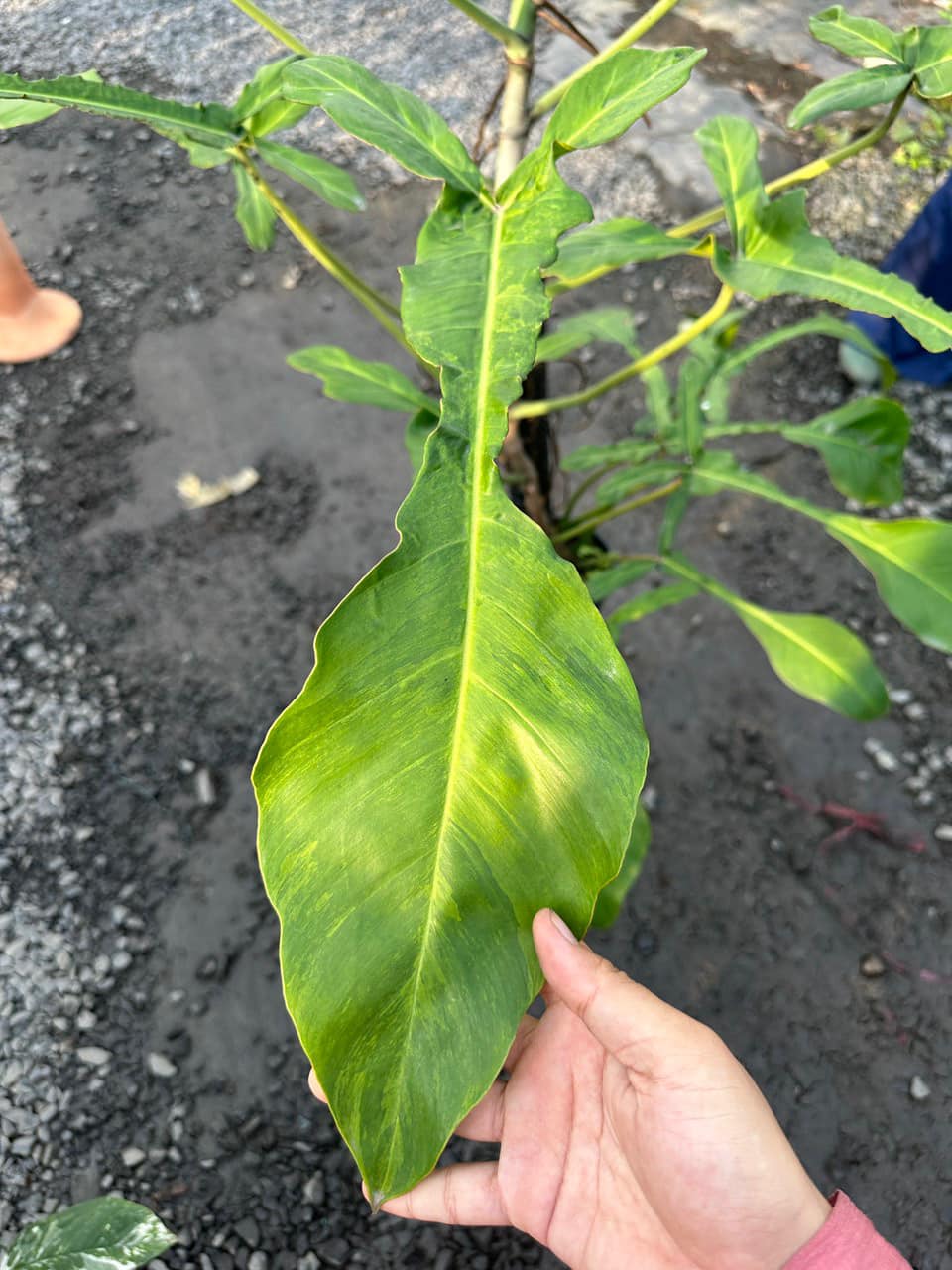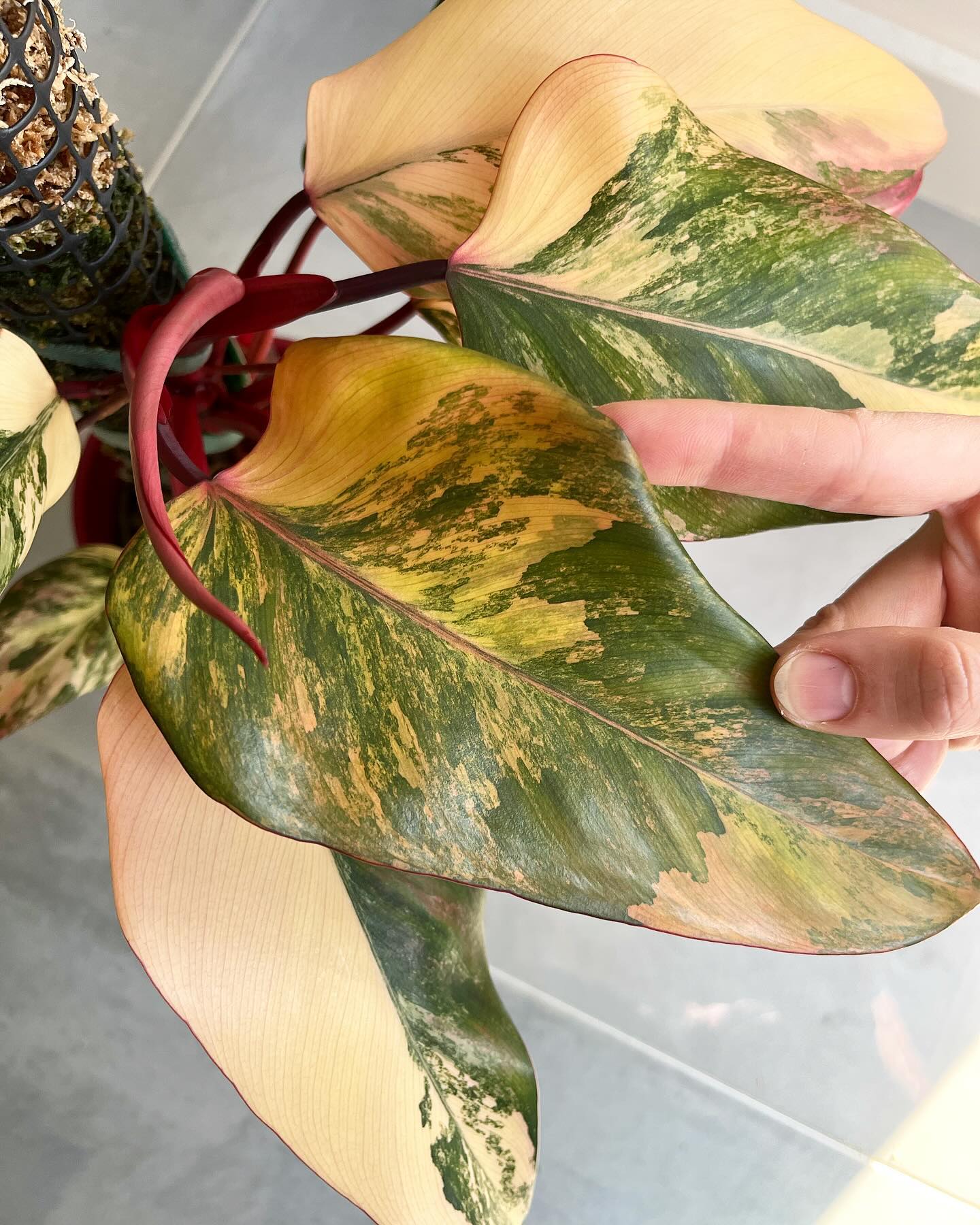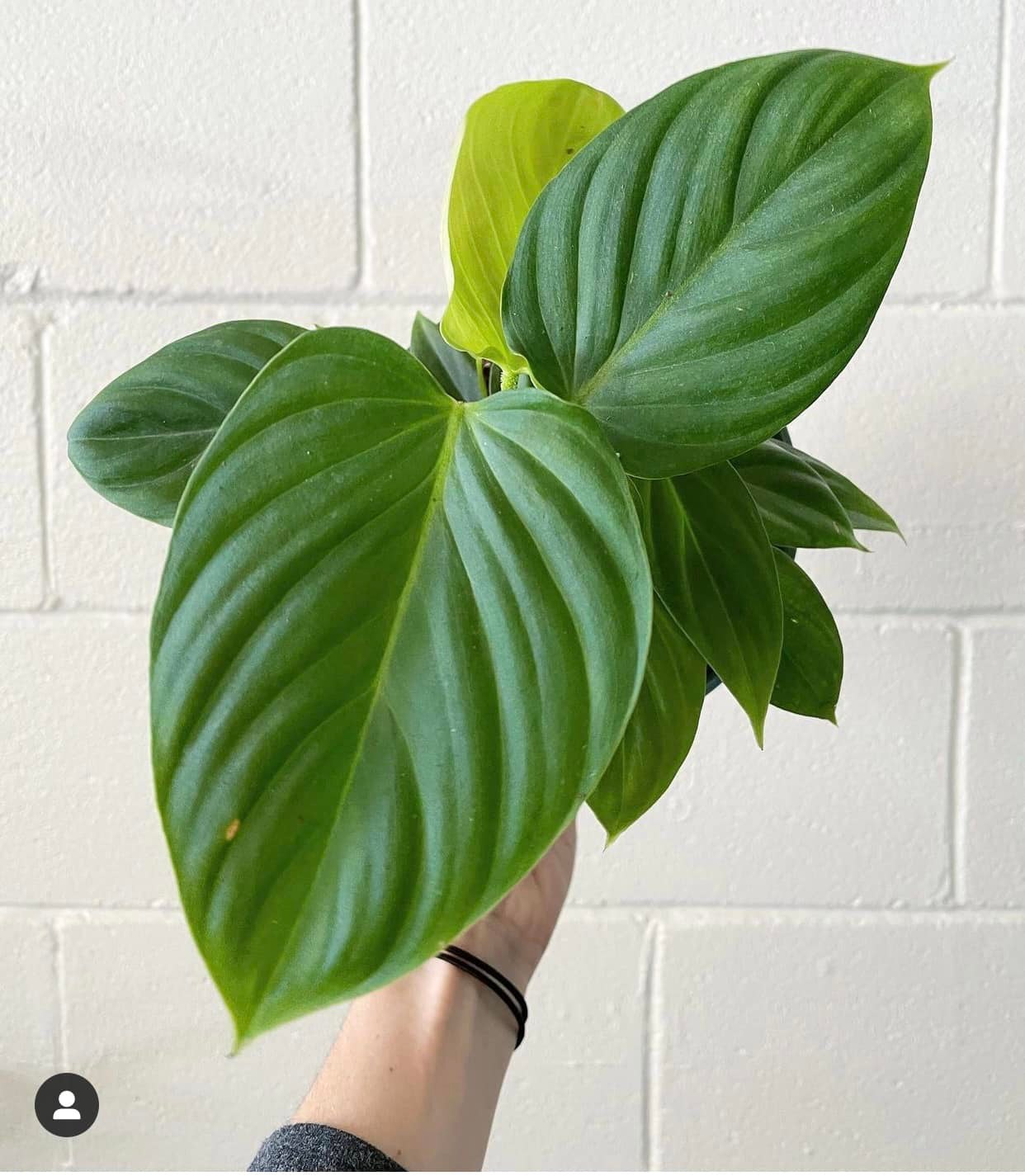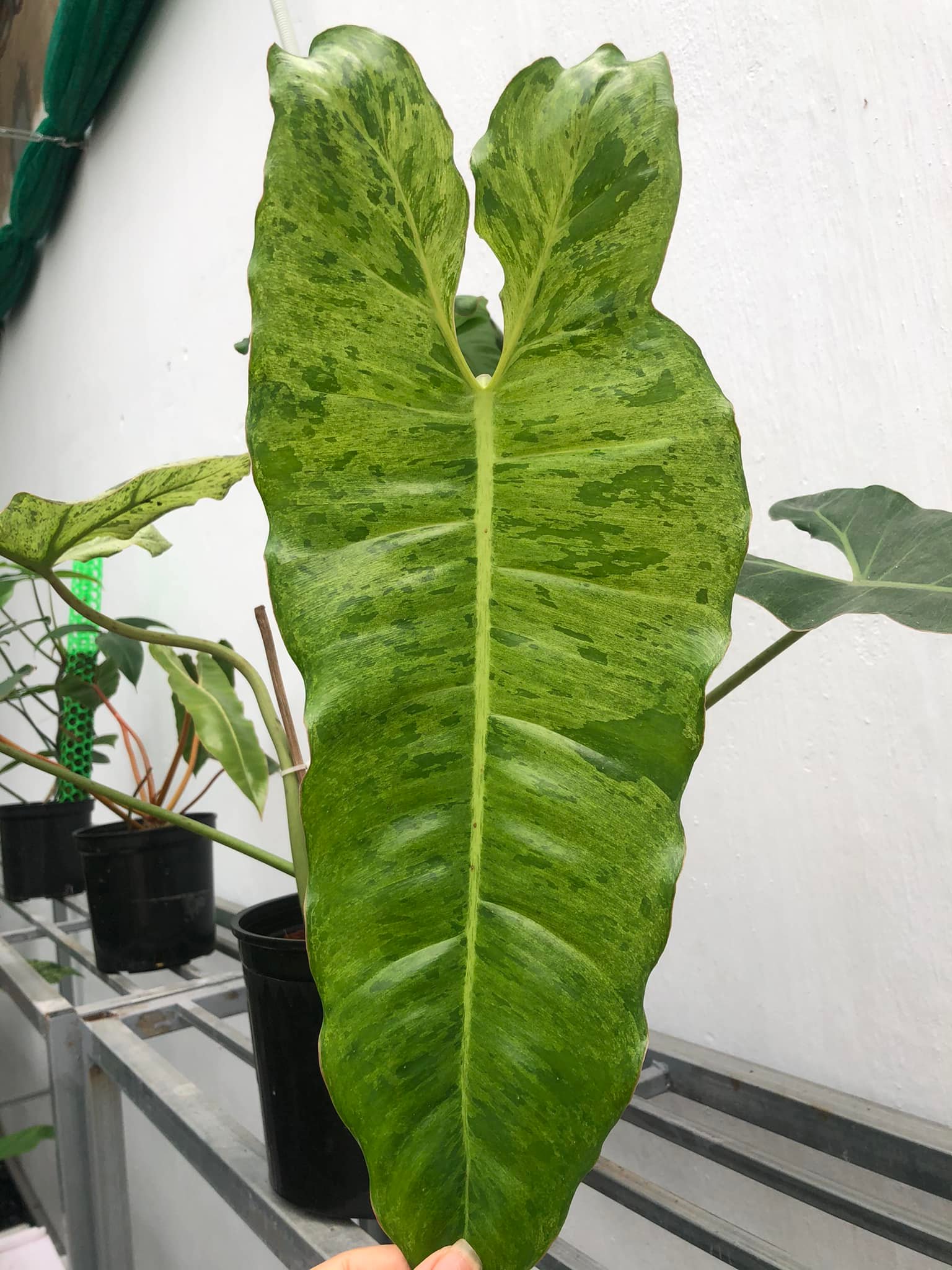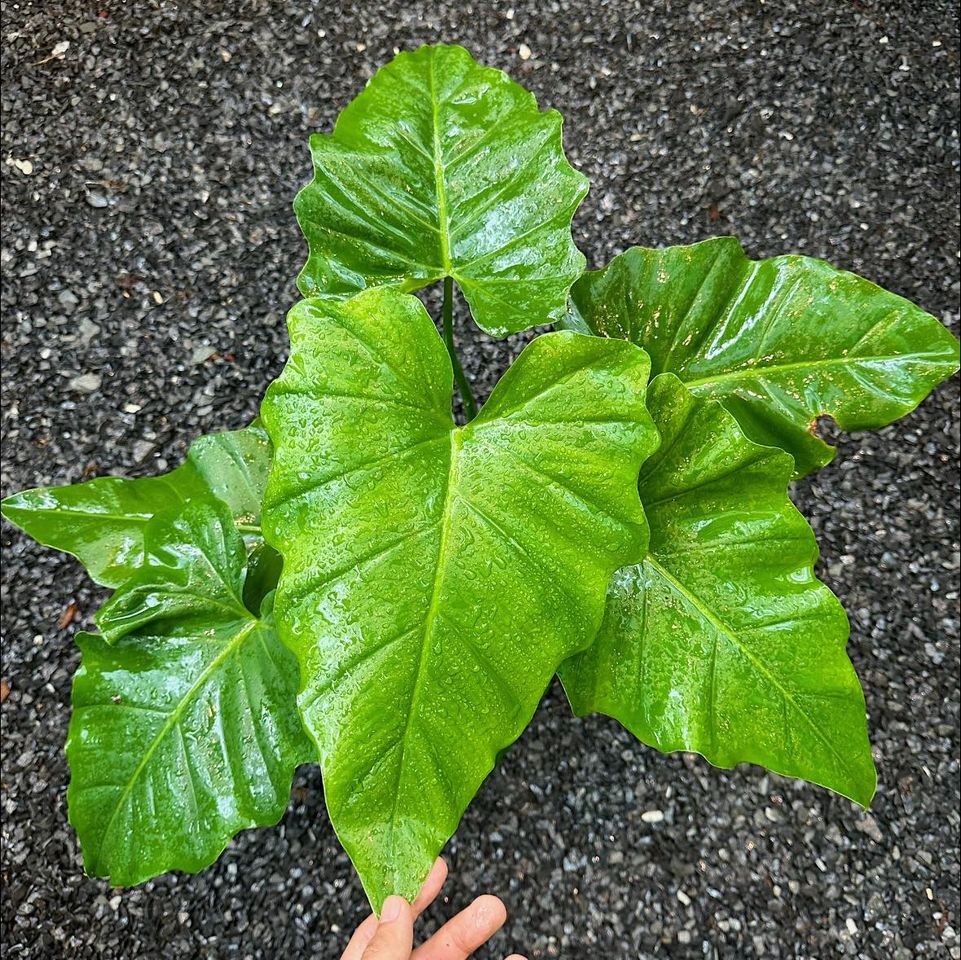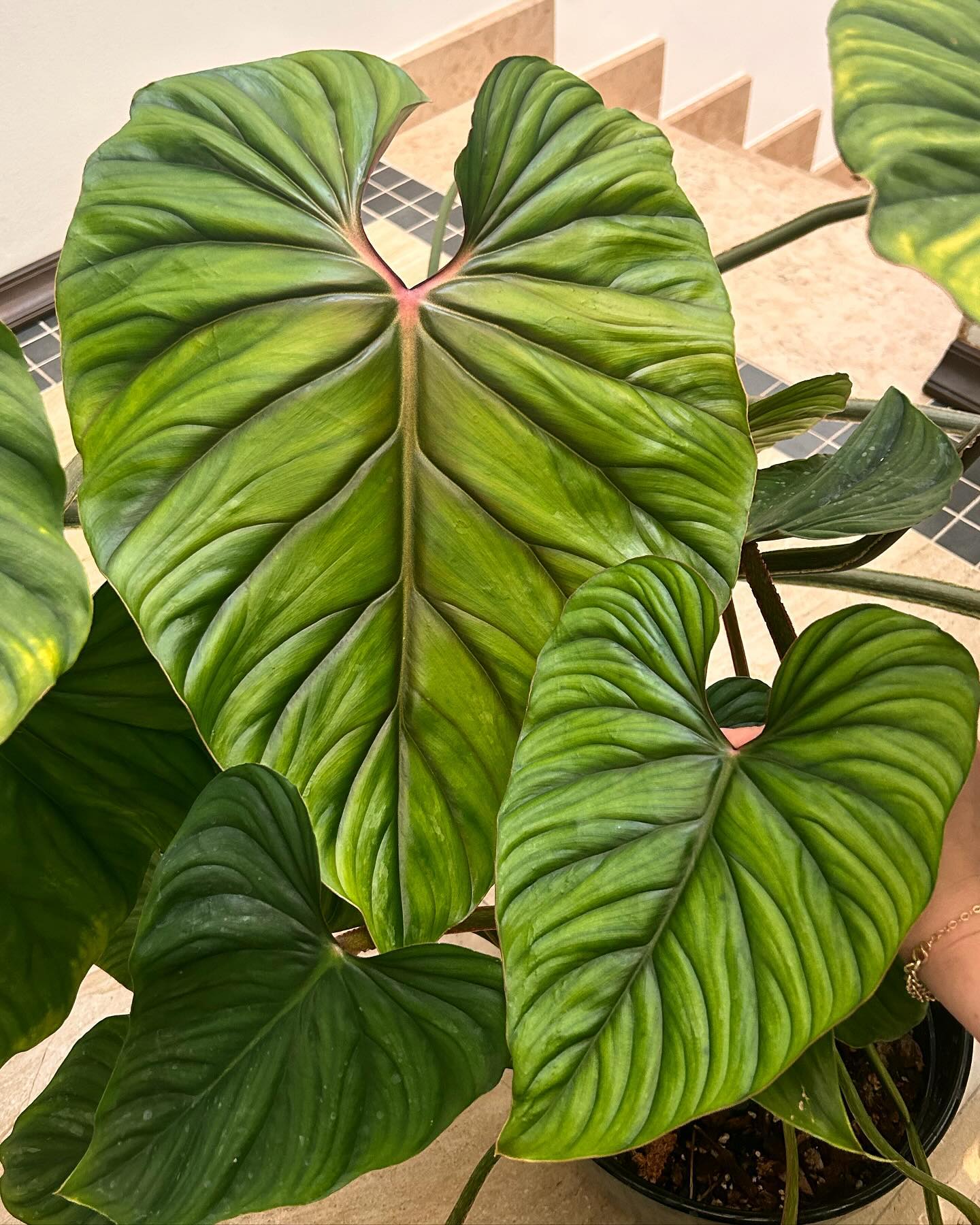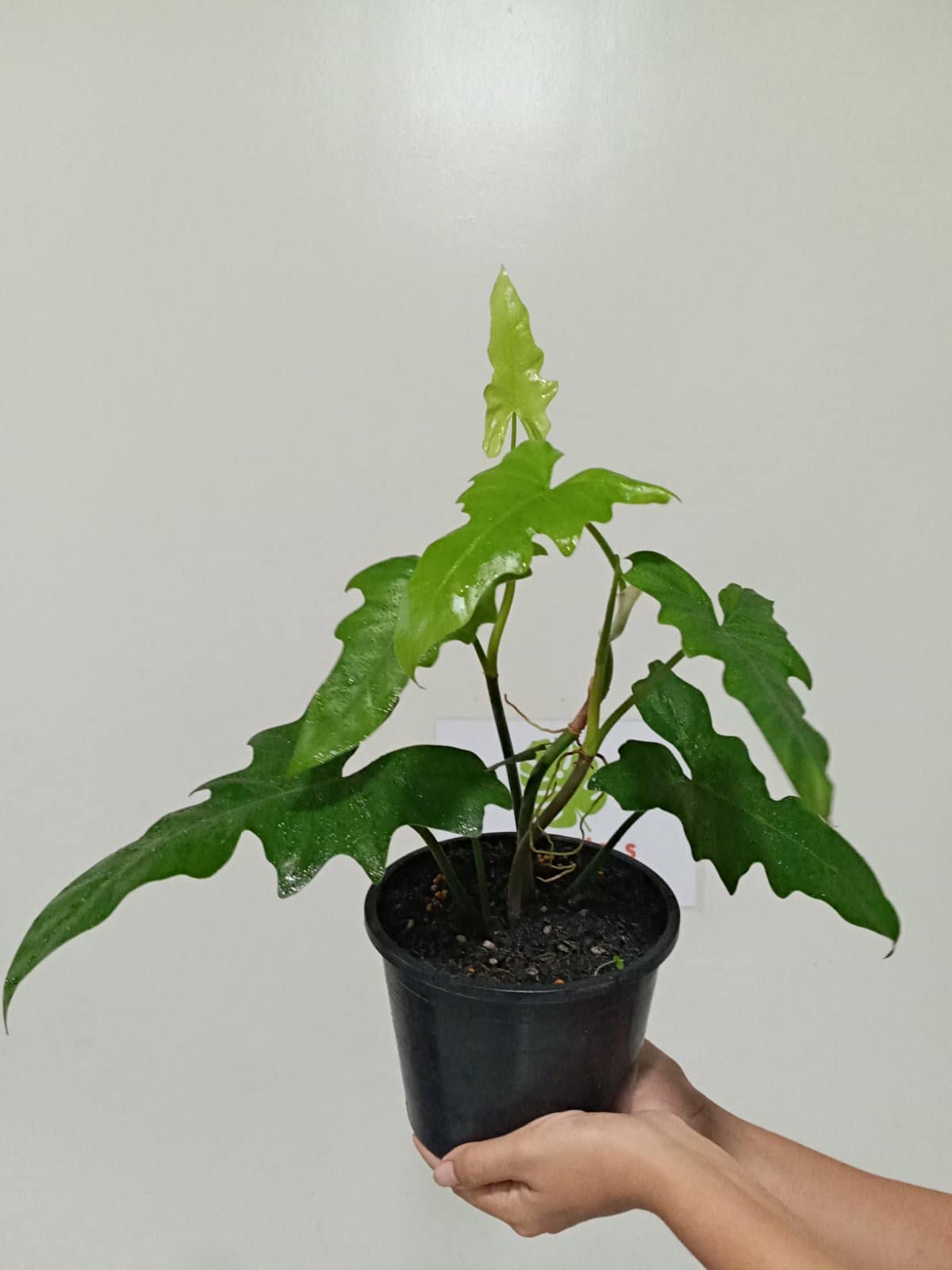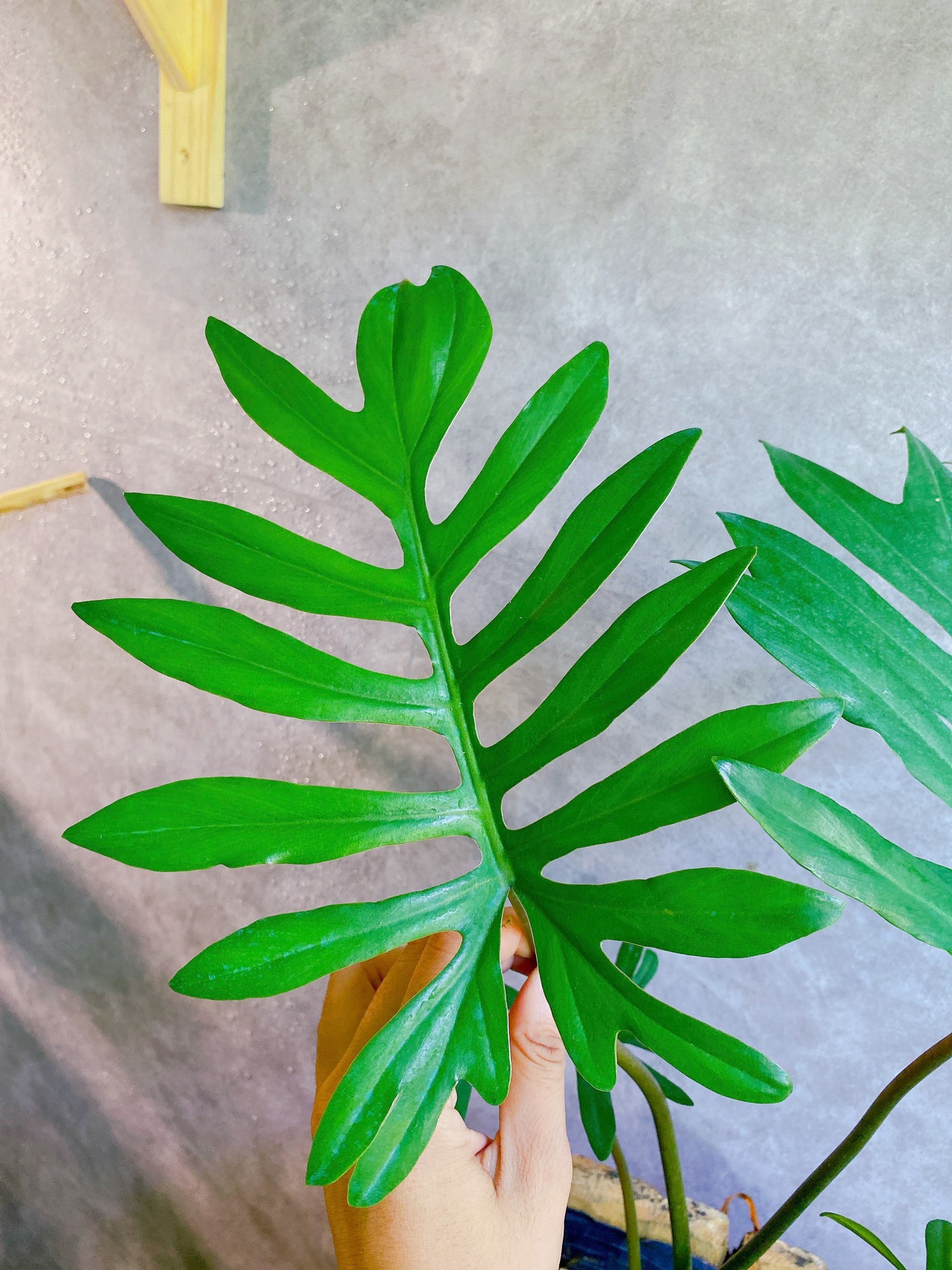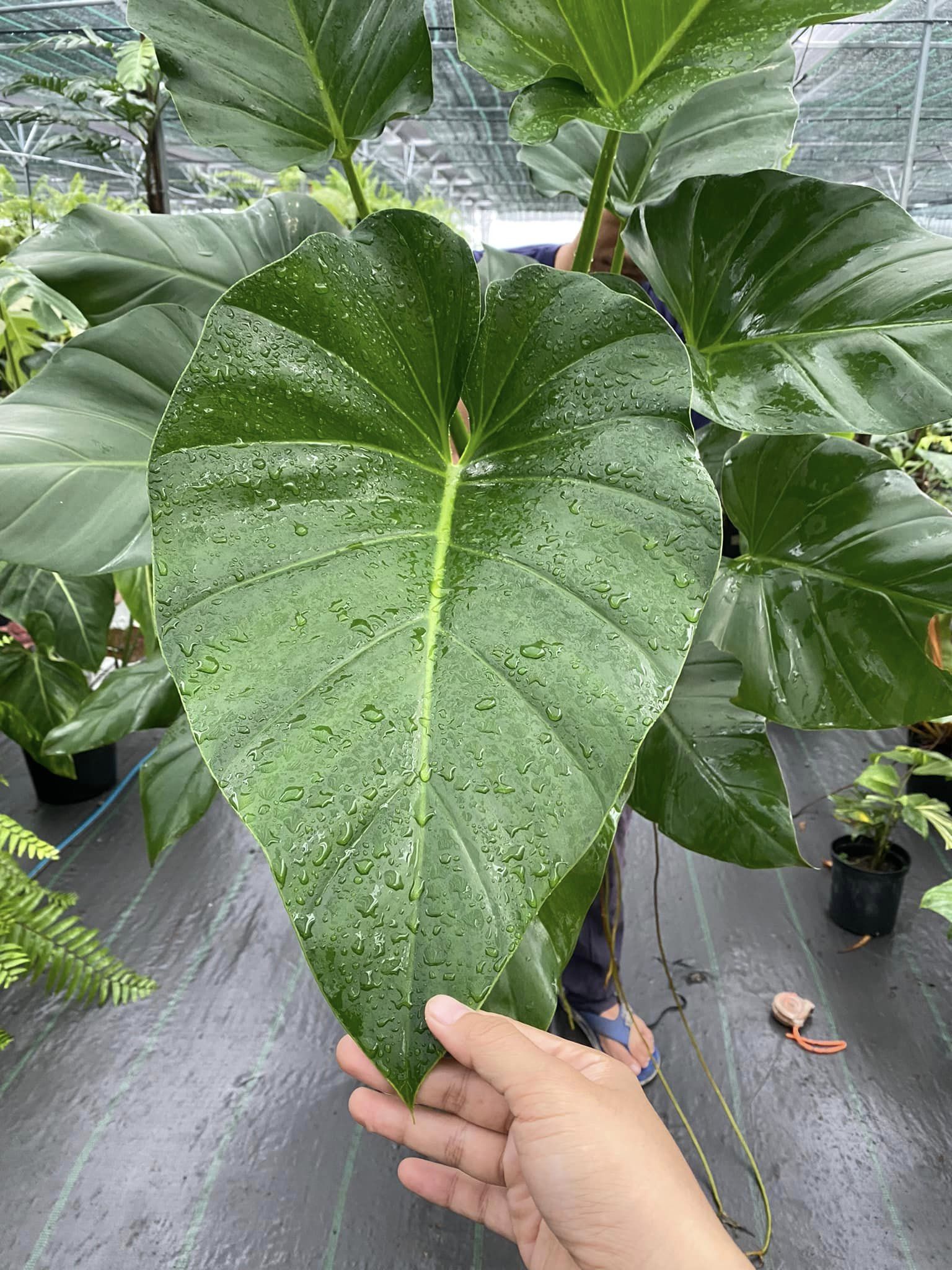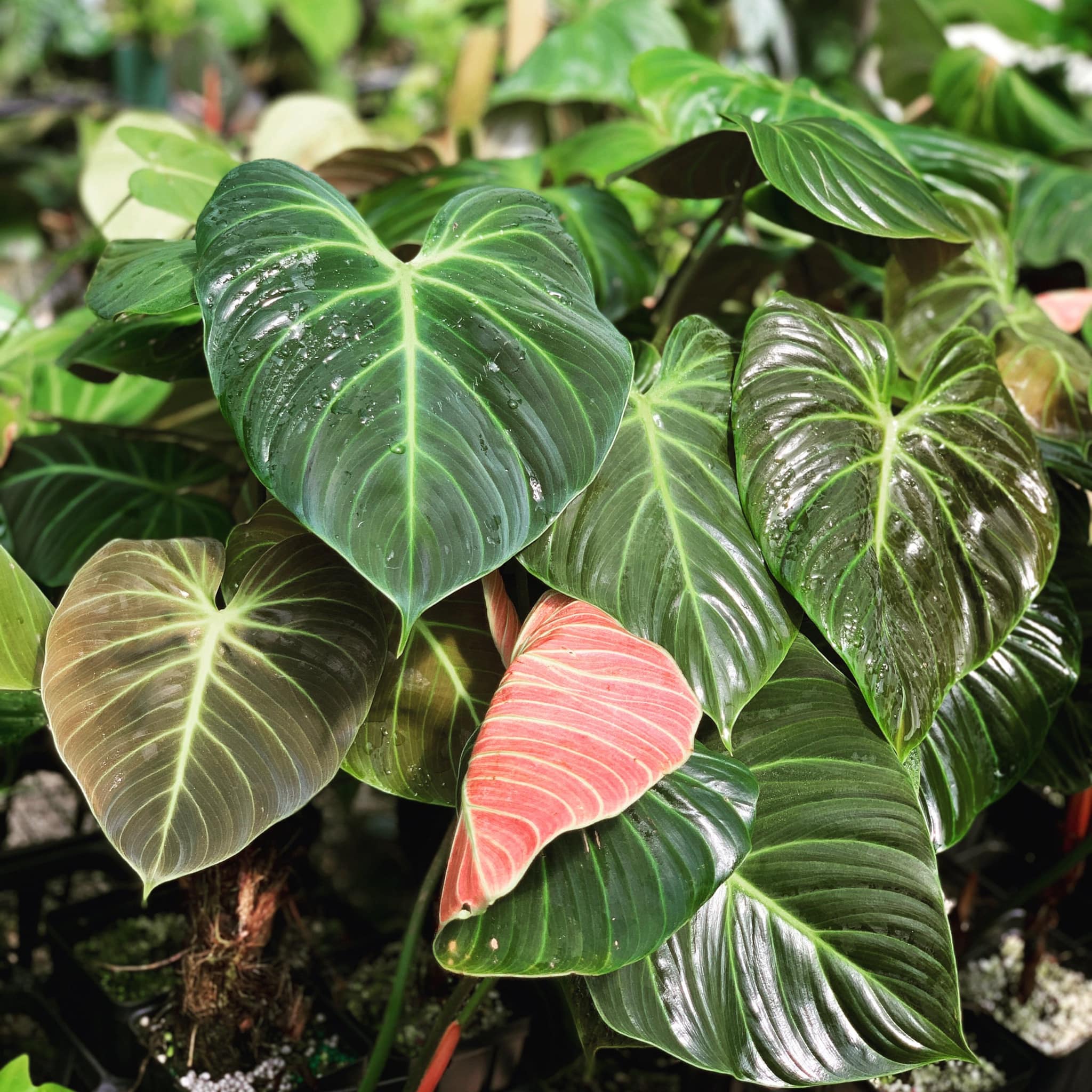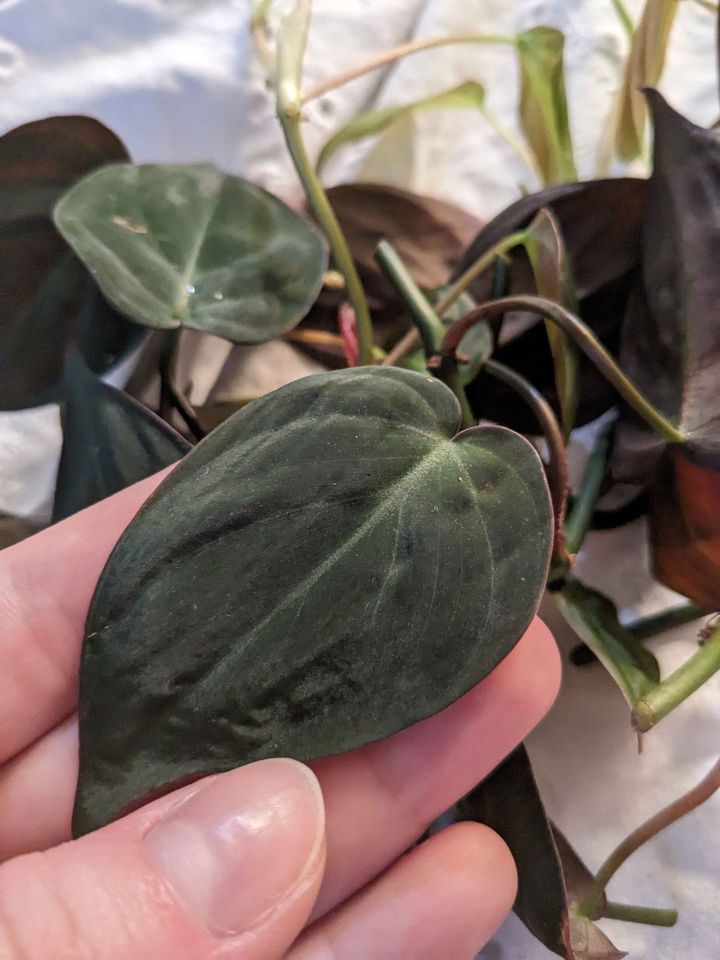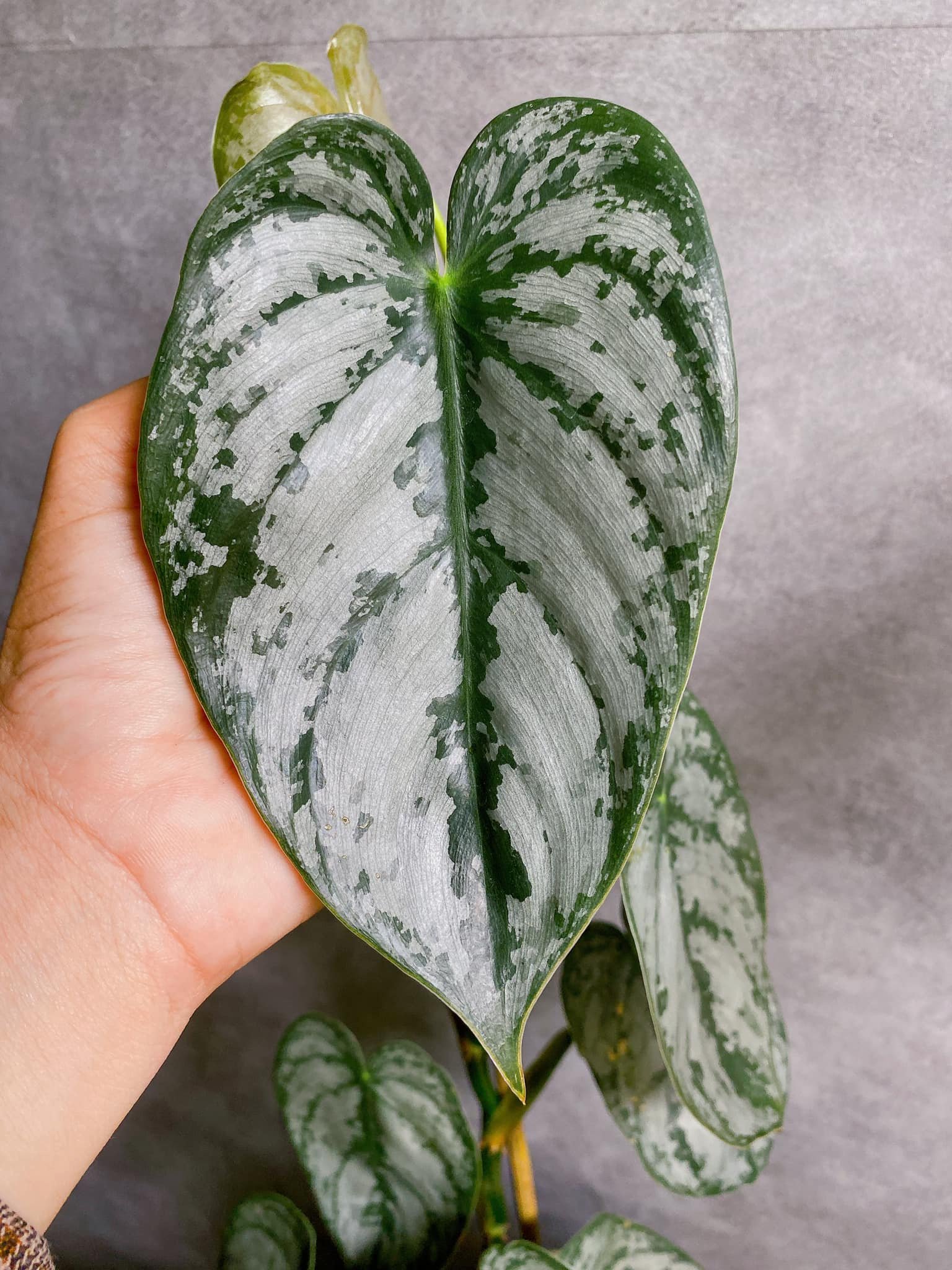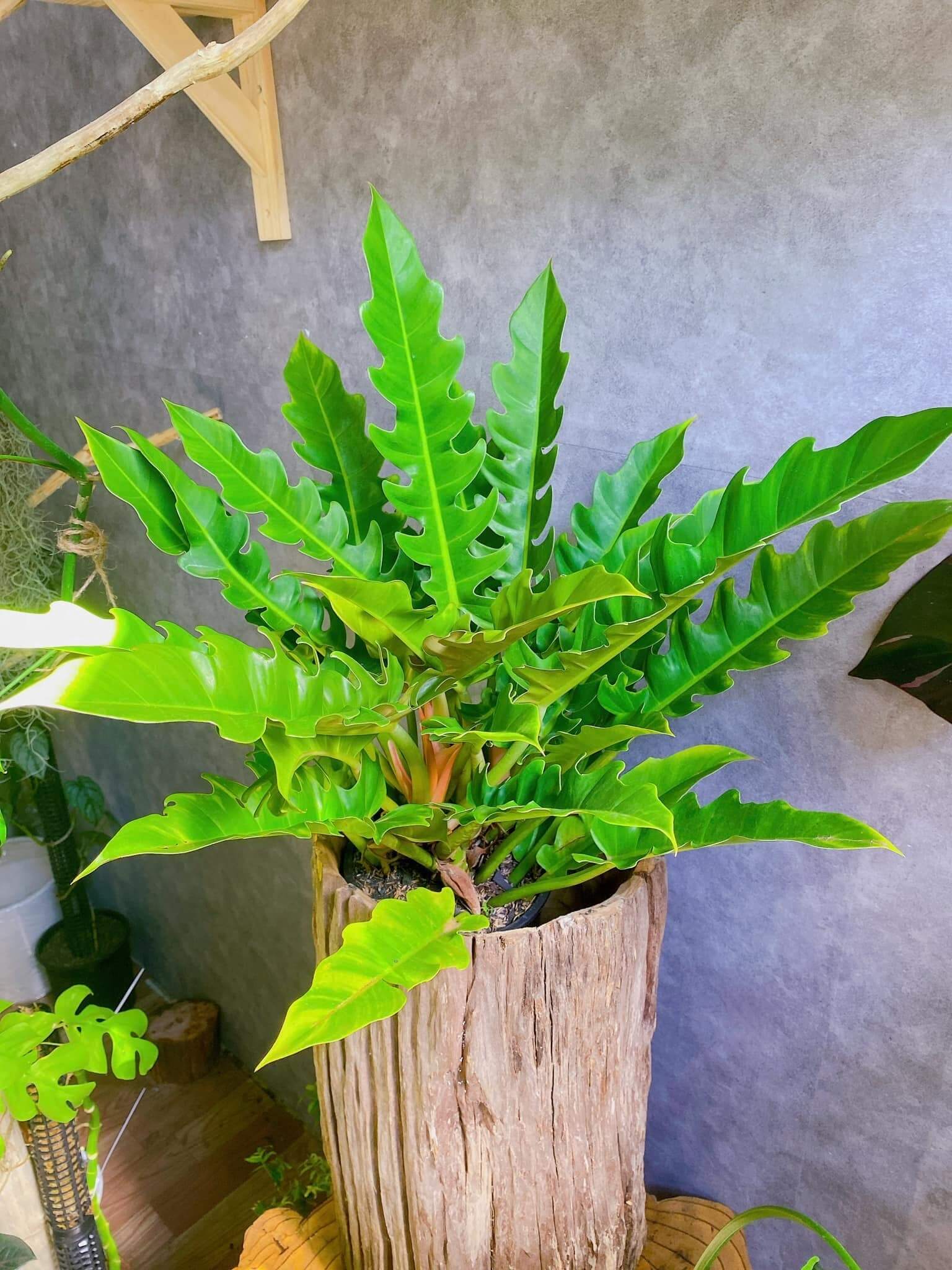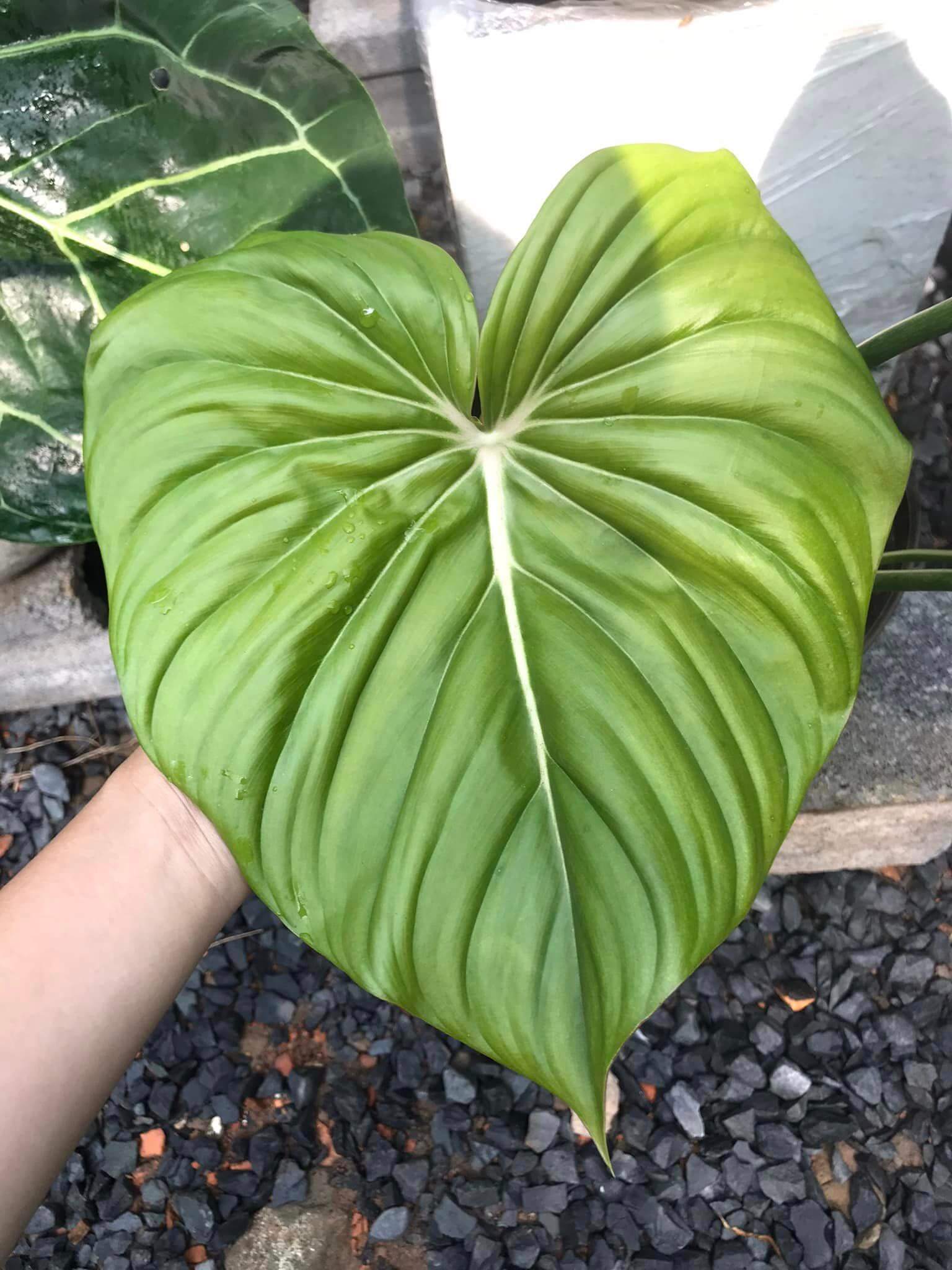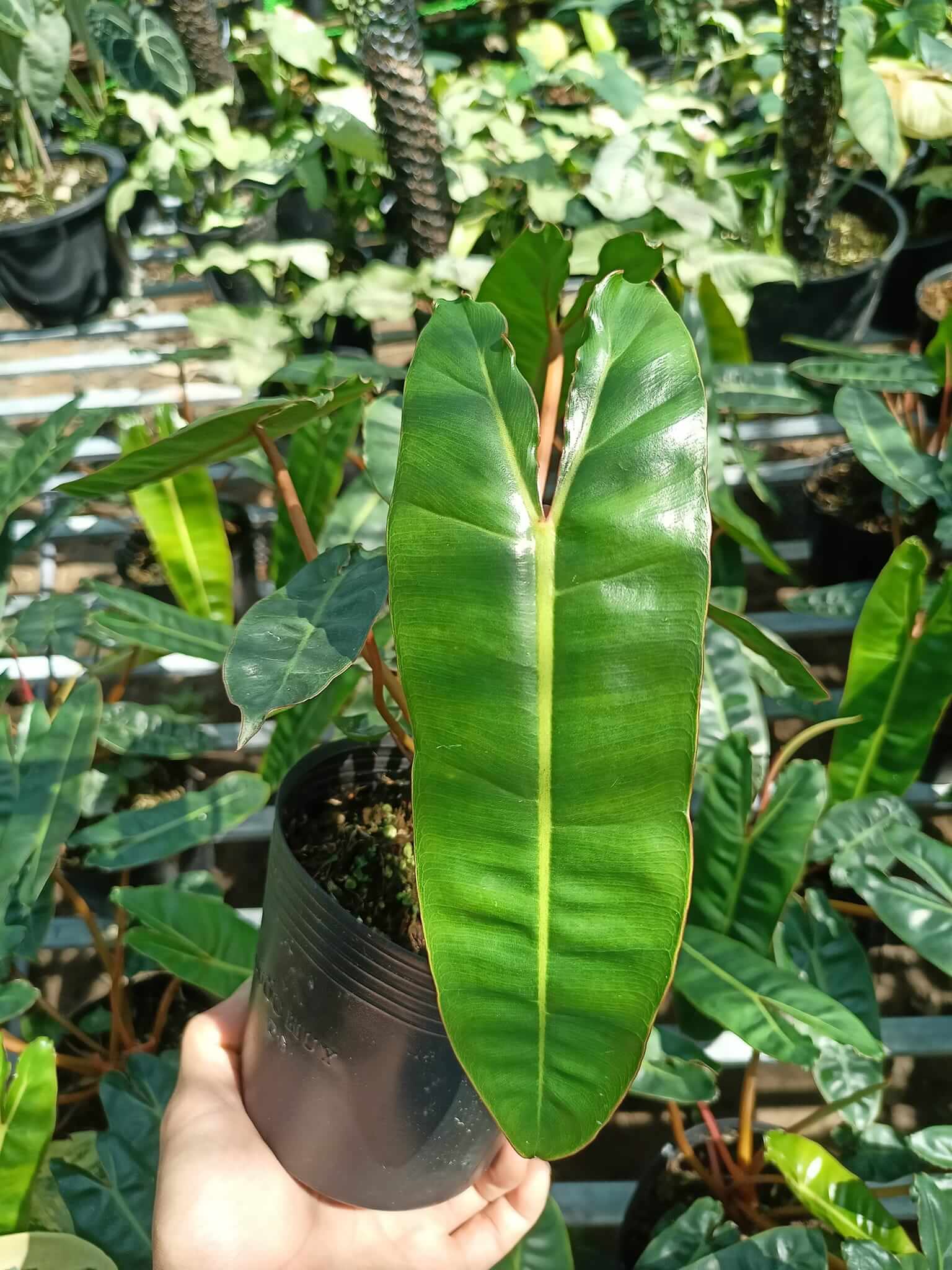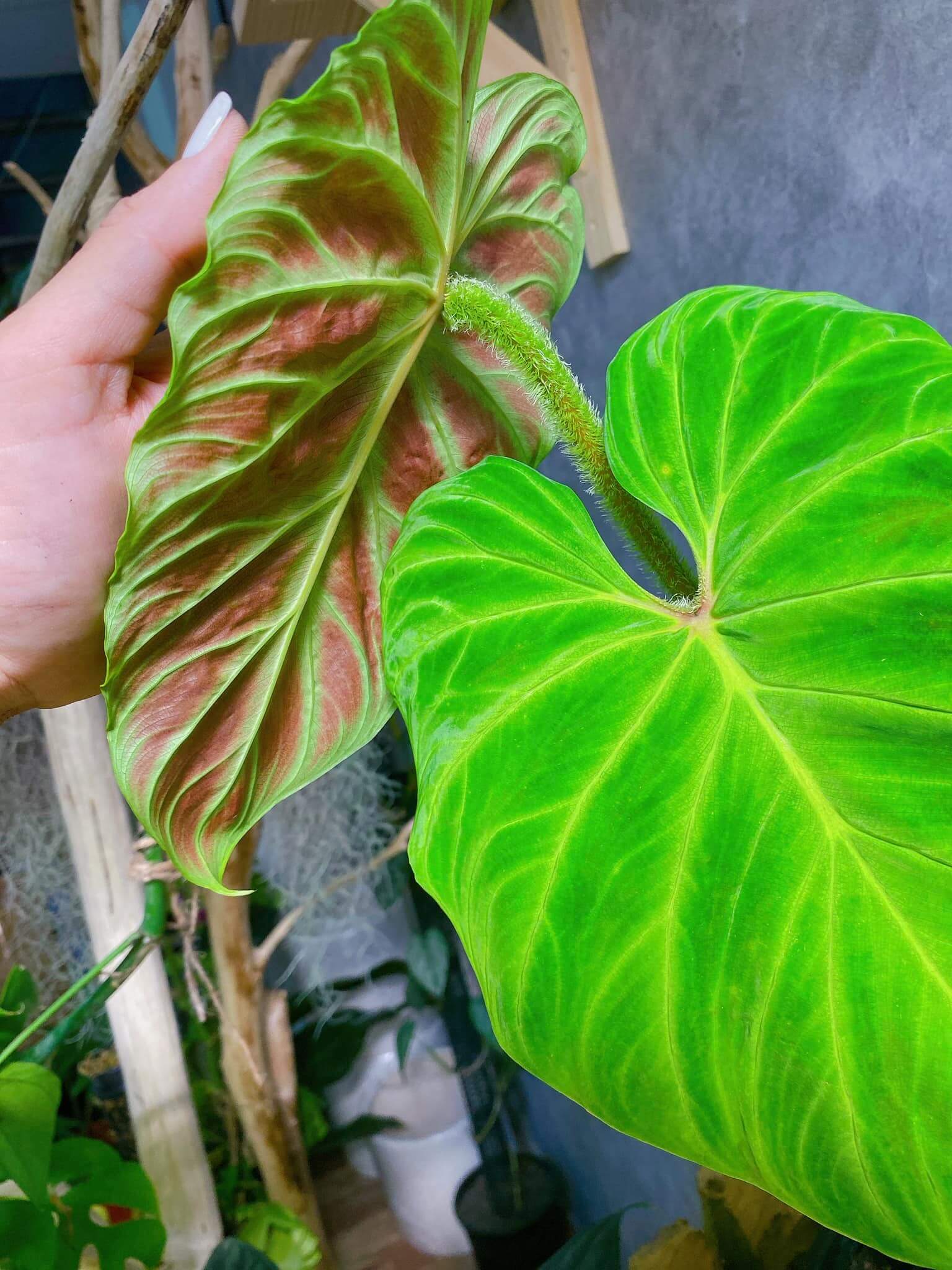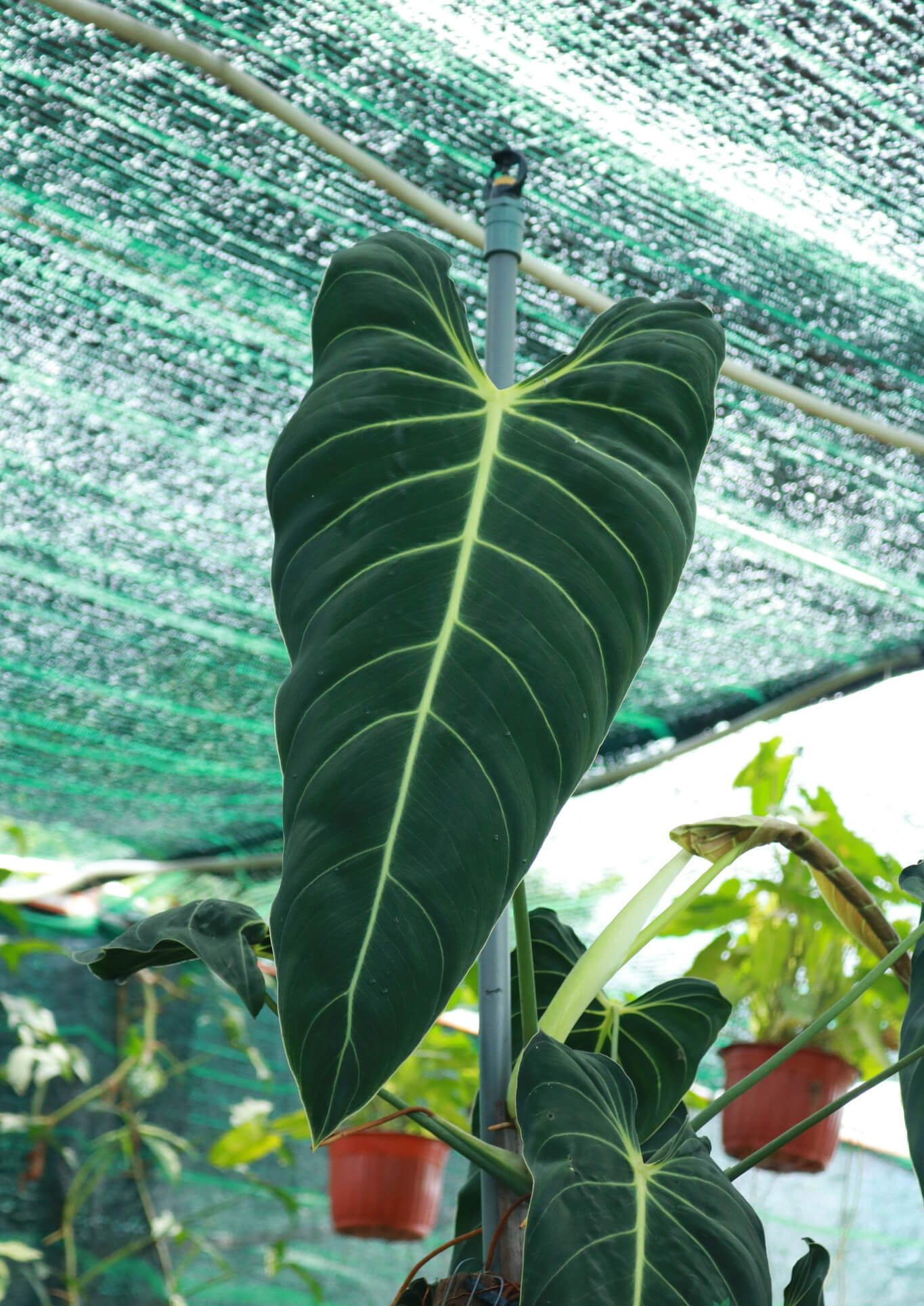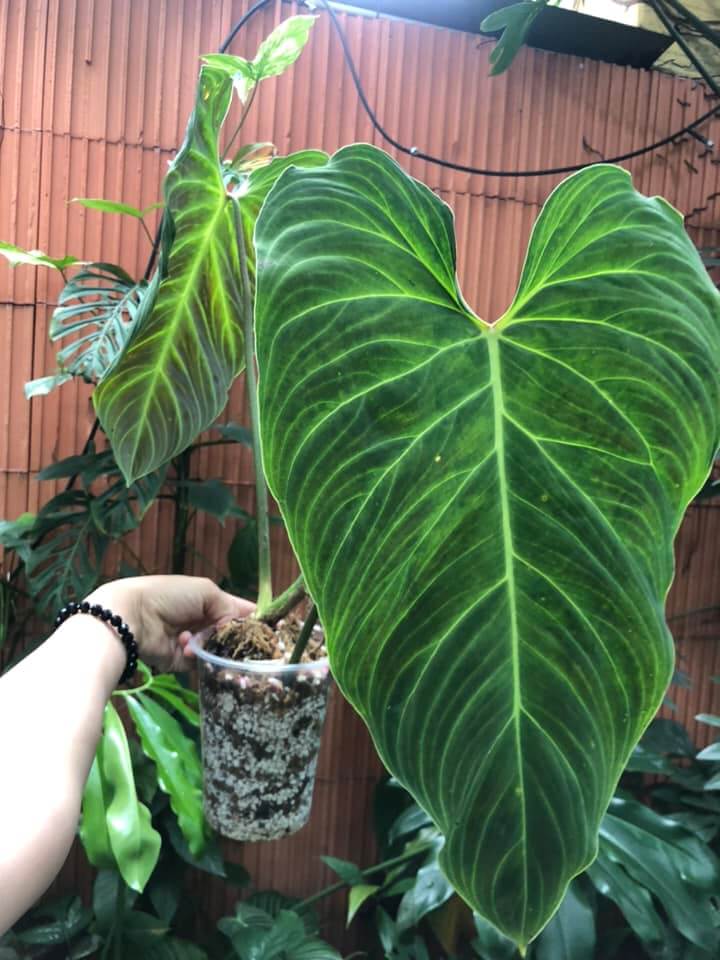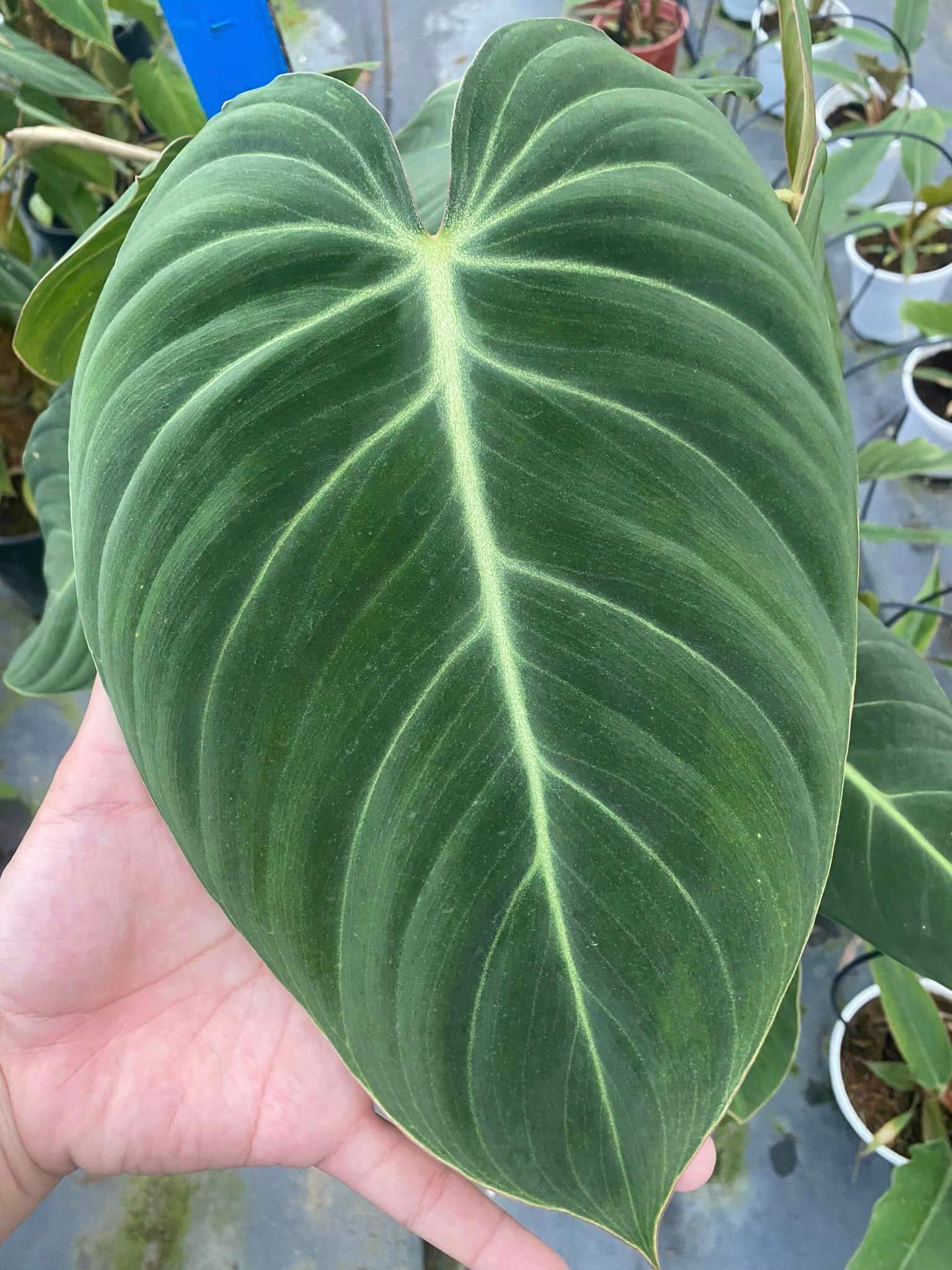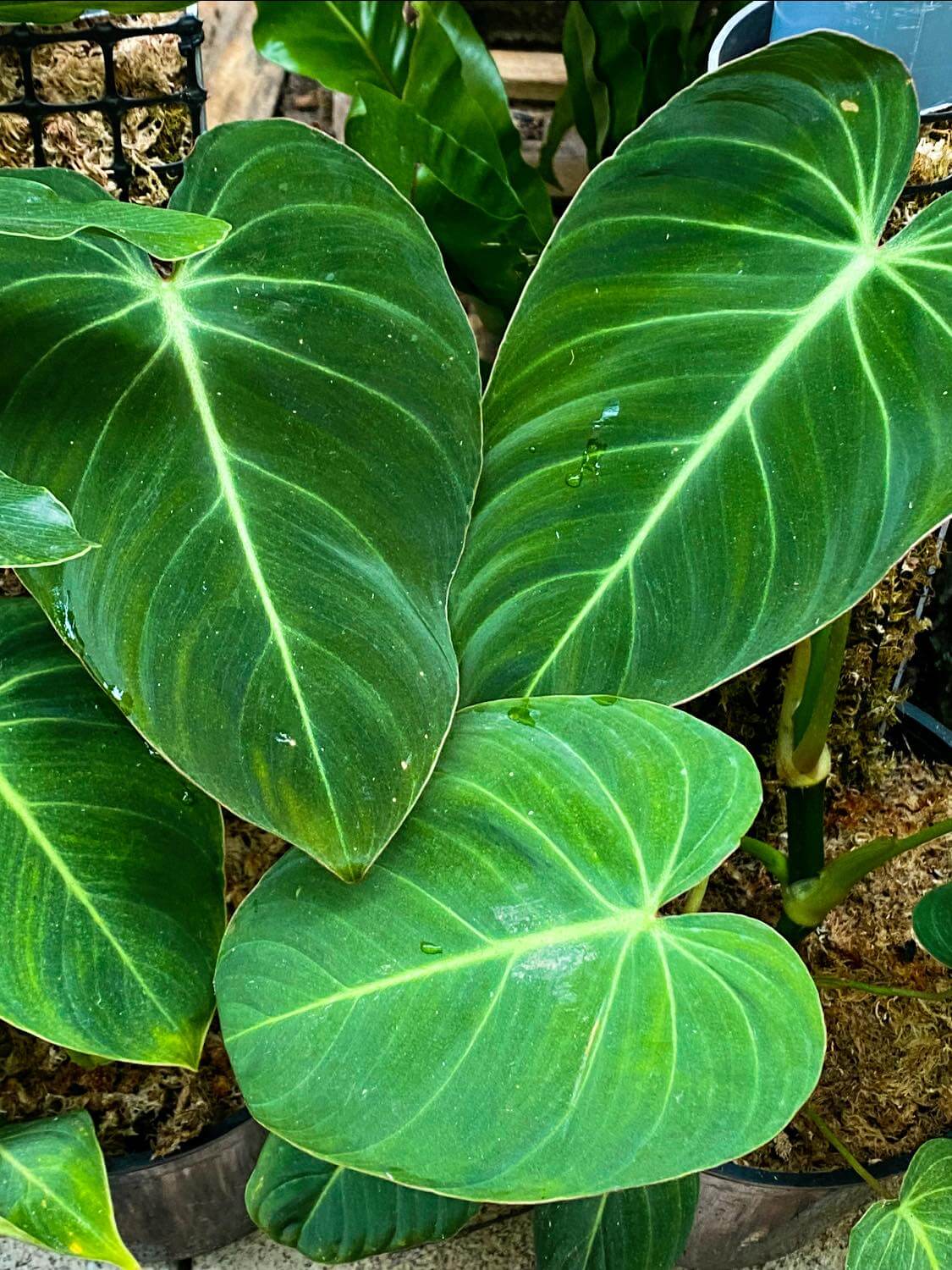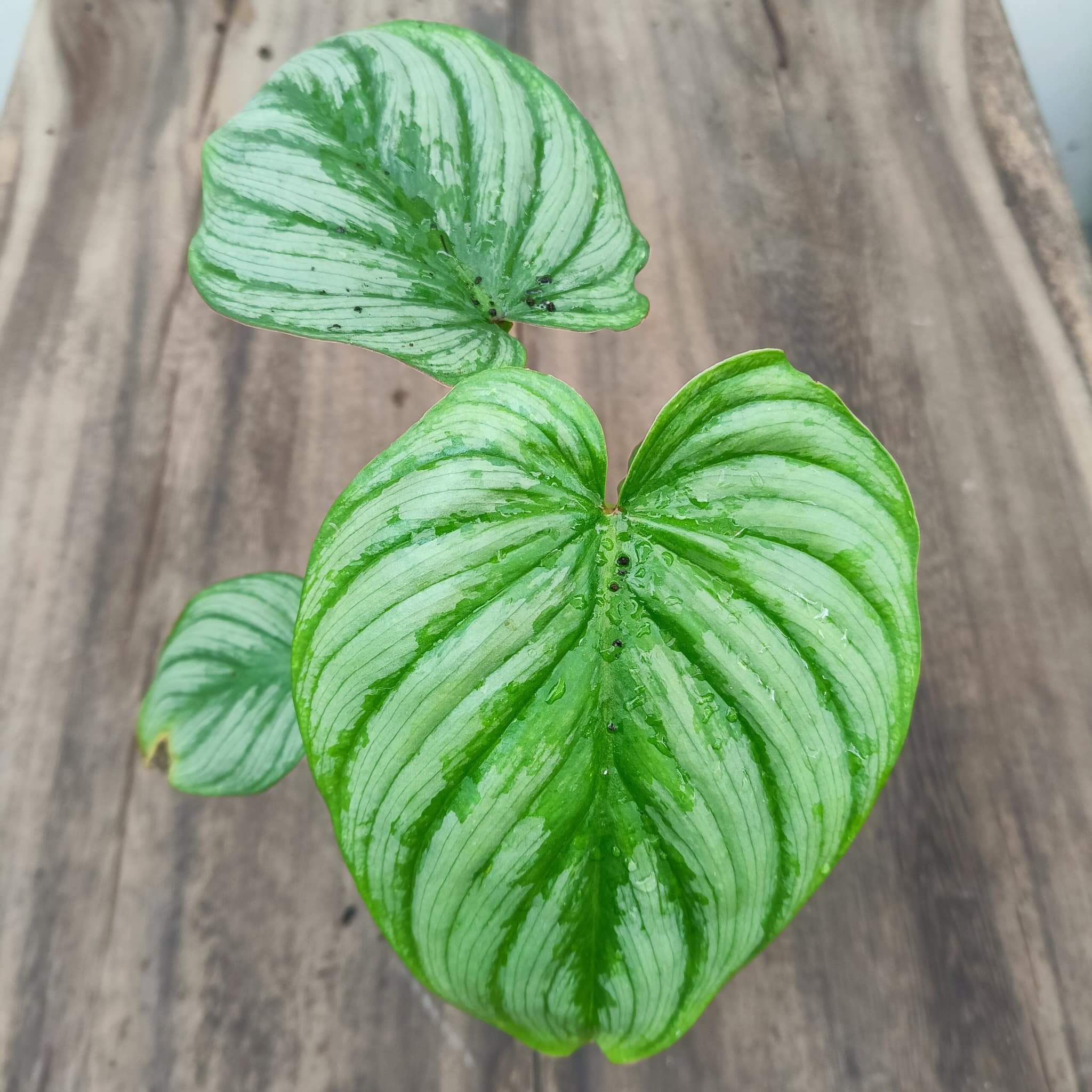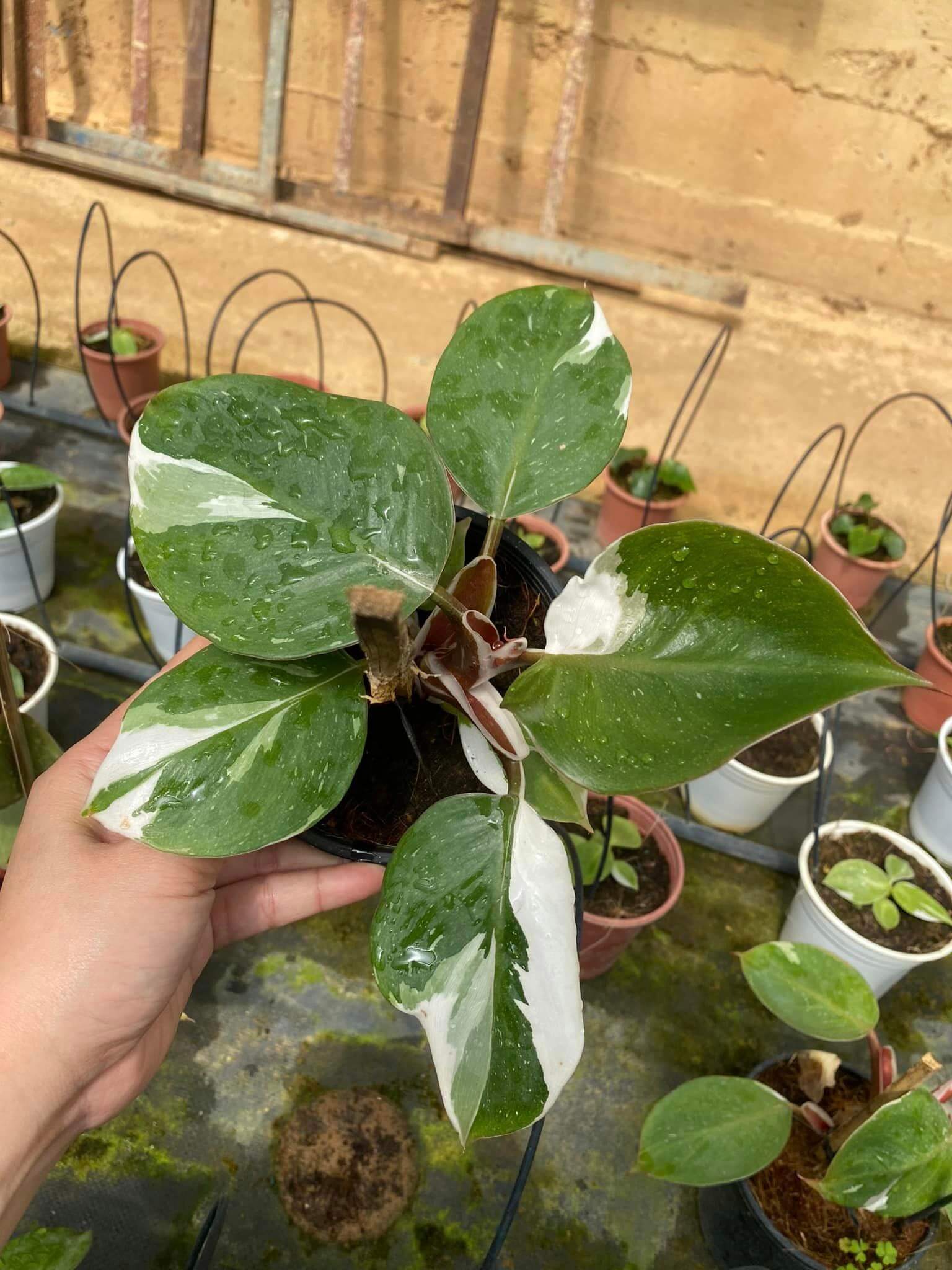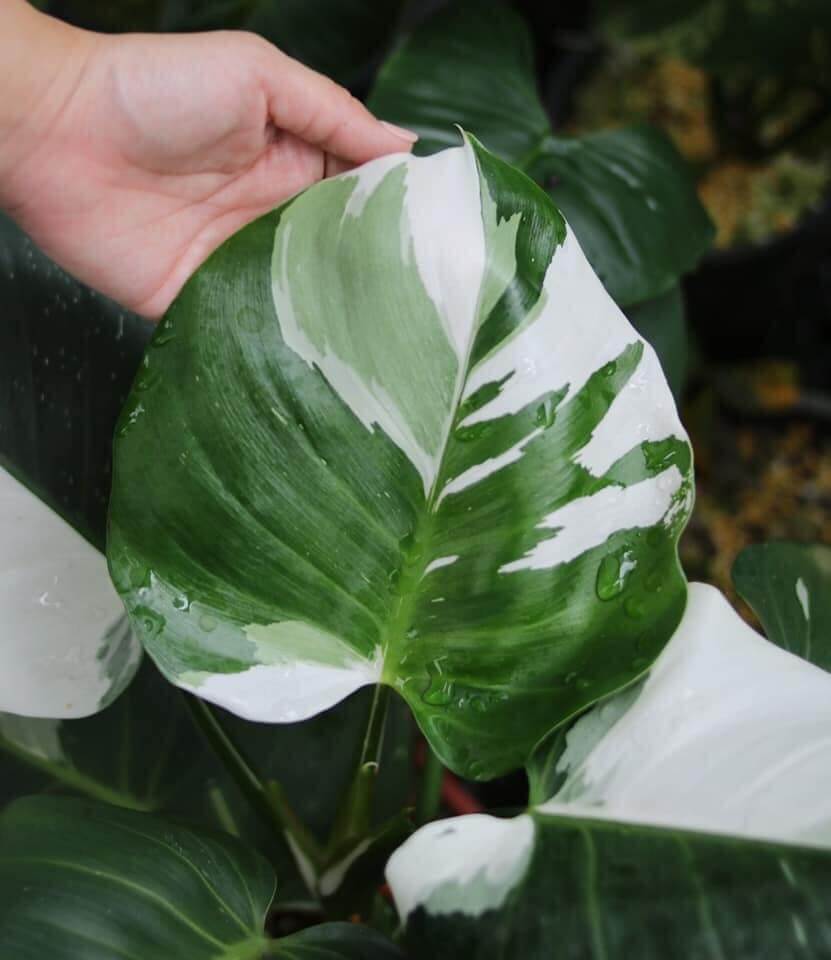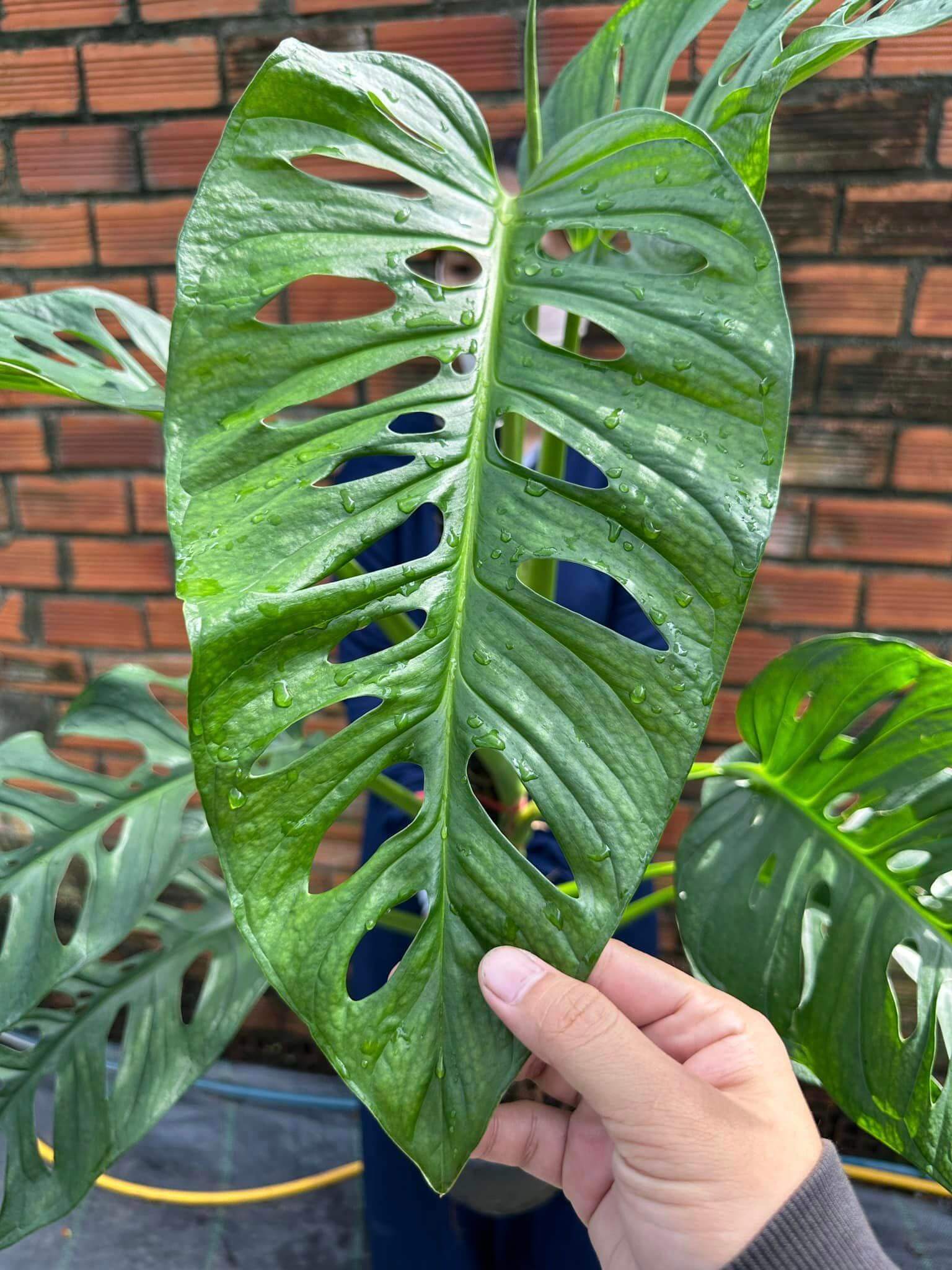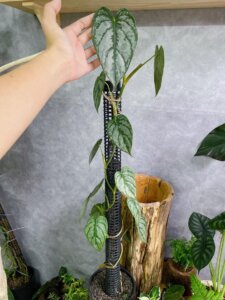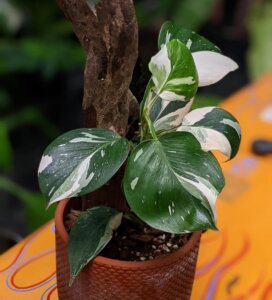
Philodendrons and LECA/Pon are an exceptional pairing for those embracing semi-hydroponics. Known for their versatile and lush foliage, Philodendrons thrive in LECA, showing off vibrant growth and resilience.
The transition to semi-hydroponics is straightforward with Philodendrons, as they naturally favor robust root development and consistent humidity – two factors that LECA/Pon semi-hydroponic setup supports superbly.
The semi-hydro community often finds that Philodendrons adapt well to this method.
In this article, I’ve drawn upon my experiences and those of fellow enthusiasts, Karen and Joe. Feel free to share your insights in the comments below!
All Philodendron Care Guides
Semi-Hydro Potting Configuration
Philodendrons may initially lose a few leaves during the transition, but you can minimize this with a Nutrient Stagnant Wicking (NSW) system. I have experimented with both NSW and submerged setups. In my observation, Philodendrons in NSW setups demonstrate more robust growth.
Most of my Philodendrons are in NSW setups, but I’ve also tried submerged setups for comparison.
I’ve had success using a homemade mix of Pon and LECA in the NSW setup (Pon at the bottom), particularly for varieties like the Philodendron Brasil.
For more details, see Semi-hydroponic Potting Setups.
Easy Transition & Root Care
When moving Philodendrons to a semi-hydroponic system with LECA/Pon, understanding their root structure is key to a successful transition. Most Philodendrons have robust main roots with thinner secondary roots branching out.
- Trimming the Roots: It’s beneficial to trim off the finer roots, as they tend to die off after the transition. This helps the plant focus its energy on the main root system that is better adapted to the new growing medium.
- Cleaning the Roots: Gently clean the roots using your nails or a soft brush. The goal is to remove any remaining soil and ensure the roots are clean and white, not black. This step is crucial as it prevents potential root rot and other issues associated with soil remnants in the LECA.
- Minimizing Root Disturbance: Philodendrons are generally resilient to transplant shock or root disturbances. Therefore, it’s advisable not to remove the existing root system entirely. They are not the fastest to reroot, and maintaining the existing root system provides stability and continuity for the plant as it adjusts to the semi-hydroponic environment.
- Maintaining Root Integrity: Whenever possible, keep the main root system intact. This approach helps the Philodendron adapt more quickly and start thriving in its new setup.
By following these steps, your Philodendron will have the best chance of a smooth transition to LECA/Pon. Remember, each plant is unique, so observe your Philodendron closely during the initial weeks and adjust care as needed.
Special Care for Philodendron Crawlers and Climbers in LECA/Pon Setups
Philodendrons are broadly categorized into two types: crawlers and climbers. Each type has unique growth habits and care requirements, especially in a semi-hydroponic setup.
Crawlers
Examples: Gloriosum, Mamei, Plowmanii, etc.
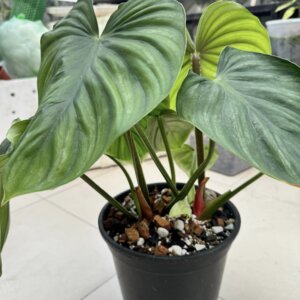
These Philodendrons tend to spread out horizontally and are generally easier to manage in LECA/Pon systems. They often have larger leaves and can create a lush, bushy appearance.
When growing crawler Philodendrons in semi-hydroponics, ensure that the pot size accommodates their spreading nature.
Regular pruning may be necessary to maintain shape and encourage fuller growth.
Climbers
Examples: Pink Princess, White Princess, El Choco Red, Splendid, etc.
Climbing Philodendrons are known for their vertical growth and are an exciting addition to any indoor garden. They often seek support to climb on, which is where a moss pole becomes essential.
In a LECA/Pon setup, using a moss pole not only supports their natural climbing tendency but also helps maintain humidity around the aerial roots.
Read more: How to build a Moss Pole for Semi Hydro
Integrating Moss Poles in LECA/Pon
When using a moss pole for climbers, it’s important to ensure it’s securely anchored in the LECA/Pon medium. The moss pole should be kept moist to encourage the aerial roots of the Philodendron to attach to it. This can be achieved by regularly watering the pole or wrapping it in a moisture-retentive material.

Climbing Philodendrons in semi-hydroponics will require occasional repositioning and gentle guidance to encourage them to climb the moss pole effectively.
As they grow, these plants can create stunning vertical displays, adding height and drama to your indoor gardening space.
Care Tips:
- Regularly check the moisture level of the moss pole and keep it consistently damp.
- Gently tie the Philodendron to the moss pole at intervals to encourage upward growth.
- As the plant grows, periodically adjust the ties to support new growth and prevent damage to the stems.
Whether you are growing crawler or climber Philodendrons, both can flourish in a LECA/Pon semi-hydroponic setup. Each brings its unique beauty and character to your indoor garden, making Philodendrons a diverse and rewarding choice for plant enthusiasts.
Fertilizing / Nutrient for Philodendrons
Philodendrons in LECA/Pon thrive with a nutrient solution of about 800-1000ppm. Start with RO water, add a balanced nutrient mix, and adhere to the dilution guidelines of your chosen fertilizer.
You can just simply use FoliagePro, with a half teaspoon per gallon approach.
For a comprehensive guide, refer to our Philodendron Nutrient Guide.
Temperature & Humidity
Philodendrons are adaptable to various environments.
I typically start my Philodendrons in a greenhouse cabinet before transitioning them to a regular spot in the home.
Without a greenhouse, a large, clear container can suffice for added humidity. My home maintains a temperature around 70-75°F and 40-50% humidity. Grouping plants together is another effective way to increase humidity.
Long-Term Upkeep
Maintaining a steady water reservoir is advisable for Philodendrons. While some varieties prefer to dry out slightly between waterings, most enjoy consistent moisture.
You might notice water droplets on the leaves if they stay too wet. As your Philodendron matures, the tips of the leaves are less prone to browning.
Regular flushing of the system is recommended to prevent salt build-up.
In conclusion, Philodendrons are exceptionally well-suited to growing in LECA/Pon, making them a joy to care for in a semi-hydroponic setup. If you have any questions or experiences to share, please feel free to comment below!

